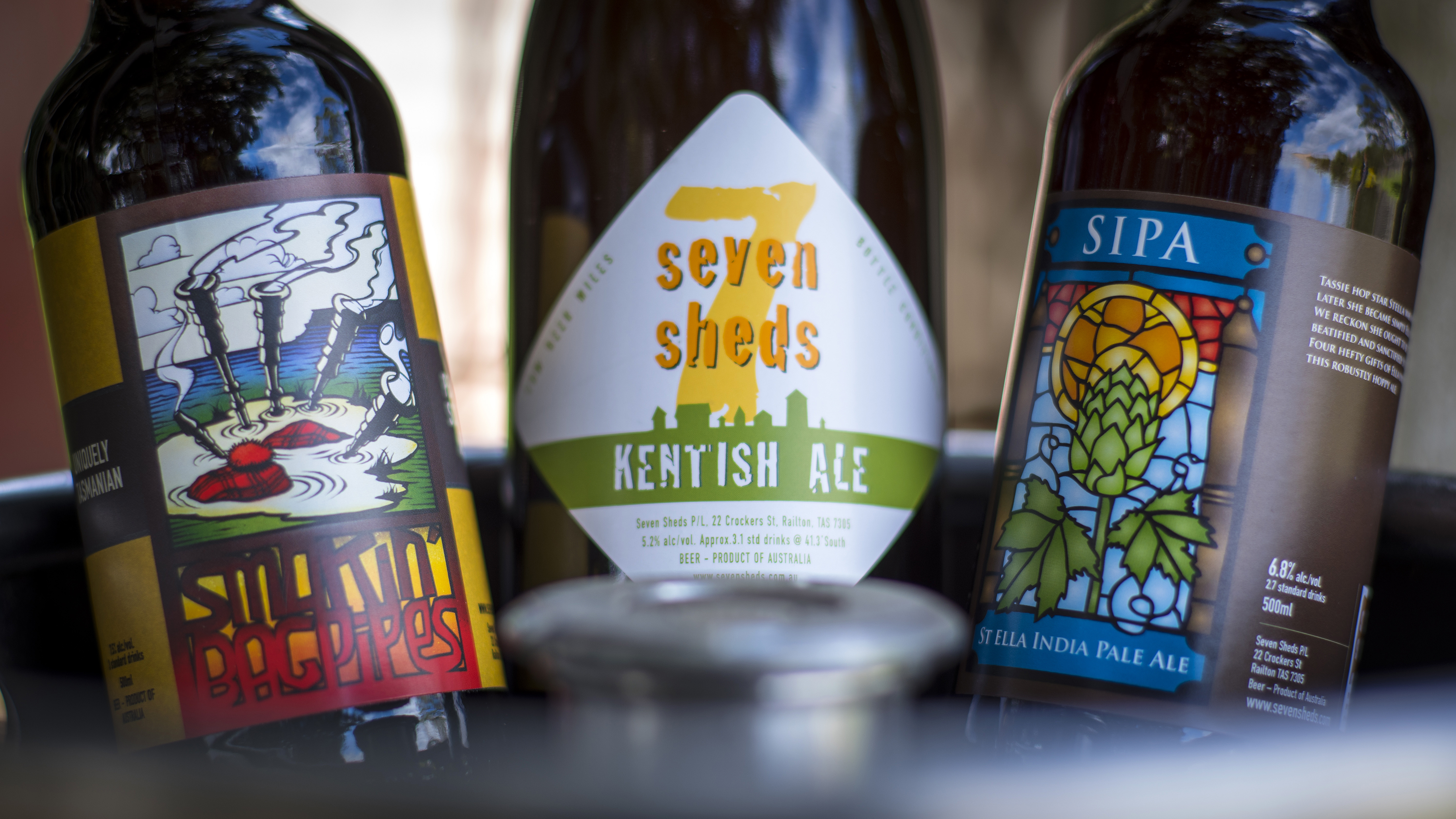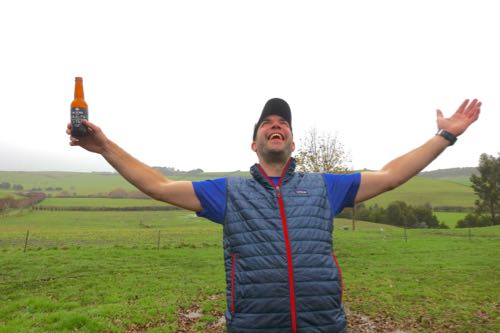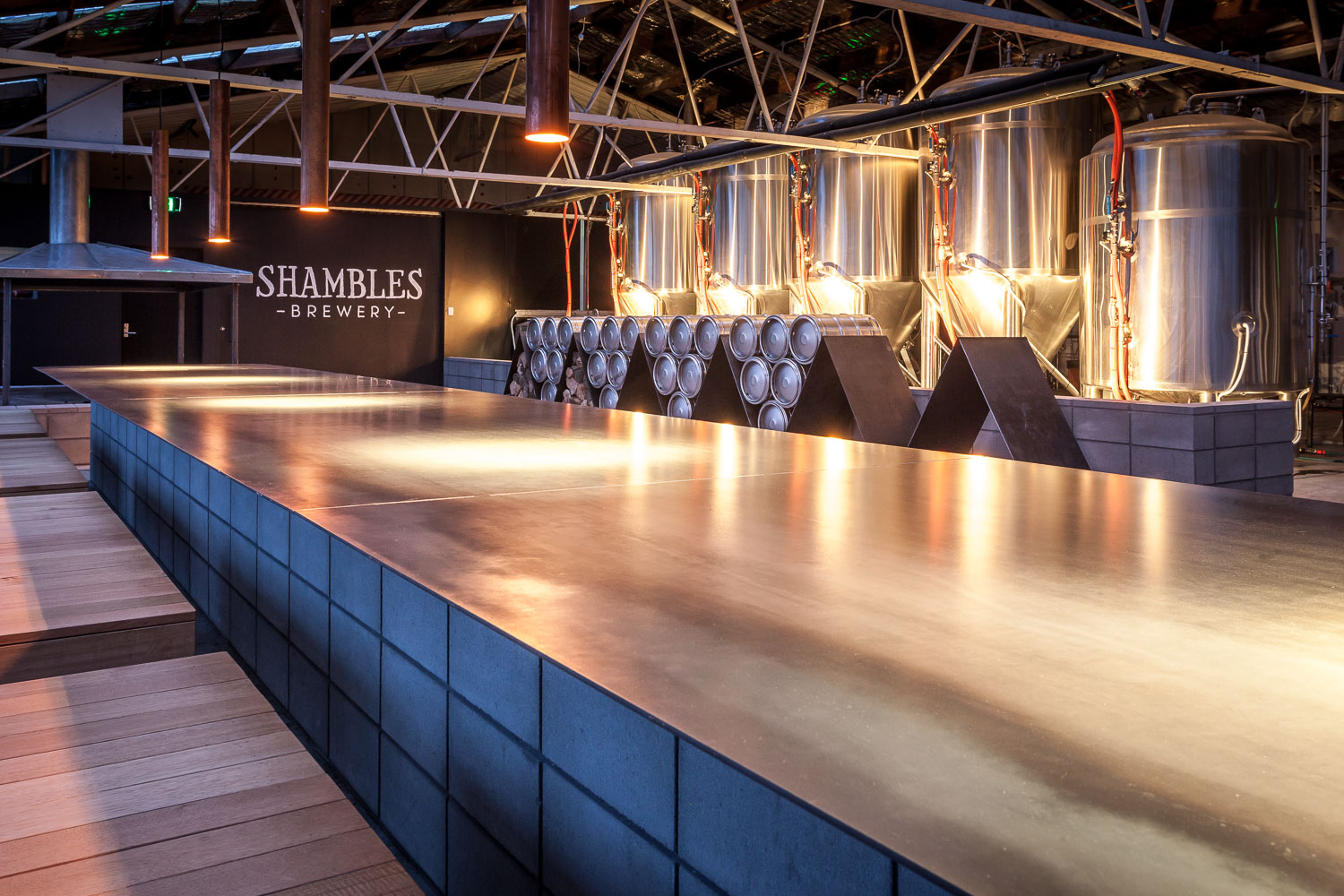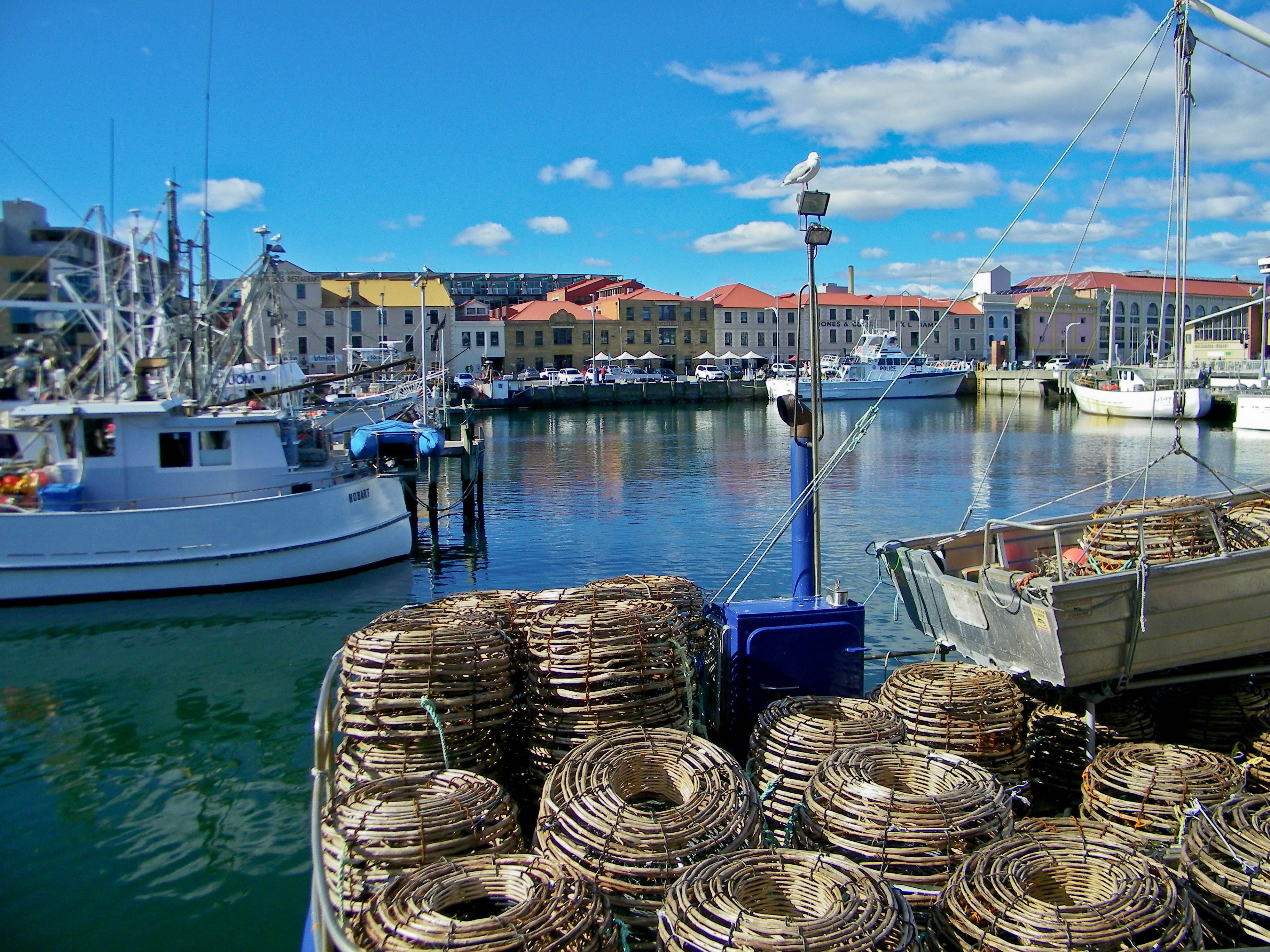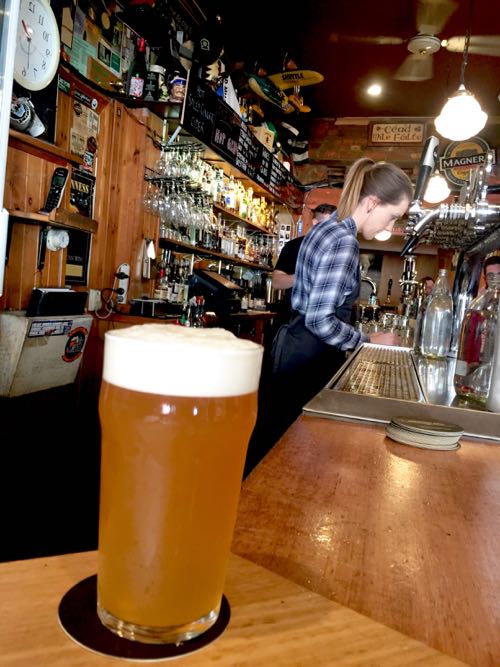
Touring Tassie's booming beer scene
I touredthe Tasmanian Beer Trail recently. Which is to say that I visited a few of its member breweries, whose numbers seem to be multiplying so rapidly that only the most dedicated traveller would ever set out to complete the entire circuit.
Launched in June 2015, the Tasmanian Beer Trail encompasses any and all of the state’s breweries that choose to be involved. This is in contrast to Victoria’s High Country Brewery Trail, which is something of an invite-only affair.
The Tassie trail is bookended by leviathans James Boag’s in Launceston and Cascade in Hobart. I had previously visited both of those breweries, as well as Moo Brew, which kickstarted the modern era of brewery openings in 2005.
In the spirit of discovery, I opted to focus on some of the newer outfits, or at least those I hadn’t previously visited. Established by pioneering beer writer Willie Simpson in 2008,Seven Sheds brewery, meadery and hop garden obviously fell into the latter category.
Willie wasn’t around when I visited, so it was fortunate that I was able to hear a bit about the inception of the brewery in his subsequent interview with Radio Brews News. Seven Sheds was borne out of his desire for beers with more flavour and complexity than much of what was available on the Australian market at the time. “I’ve visited plenty of farmhouse breweries in places like Belgium and released that you didn’t need expensive shiny pots and pans to turn out pretty flavoursome ales,” he said.
Seven Sheds is about an hour north west of Launceston, but worth the trip to sample the eclectic line-up of beers that Willie has come up with. Under brewer Paul’s tutelage, the flagship Kentish Ale, the Leggett IPA and the Razzamattaz – a wheat ale made with local raspberries and blackberries – emerged as my favourites.
Staying overnight in Launceston, I called in at Saint John Craft Beer Bar. It’s the best spot in Northern Tassie to try beers from local breweries that do not currently have their own cellar doors, including Van Dieman, Morrison and Kick Snare. Out of eight taps pouring independent craft beer, five were devoted to Tassie brewers, with local spirits makers also strongly represented.
Championing small and local producers has clearly resonated, as Saint John has been buzzing every time I’ve visited. Strange then, that so few of the other venues in Launceston have embraced the many local beers they have available to them. The same ubiquitous brands dominate the tap lists in pubs across town, many of which looked to be empty, suggesting they could learn from the success of Saint John. It’s welcome news that a second beer-focused venue, Tandy’s Alehouse, will open in Launceston later this year.
South of ‘Lonnie’ is another of Tassie’s older guard breweries, Van Dieman in White Hills. While it is not generally open to the public, I had managed to arrange a brewery tour and tasting with founder Will Tatchell. The White Hills White Ale, a Belgian Witbier, was a particular favourite, along with recent addition, the Motor Mouth IPA, which was tasting magnificent off tap at the brewery.
But it is Will’s pursuit of an Estate Ale, brewed using exclusively ingredients harvested or captured on the property, that is his most unique endeavour. The recent opening of a micro-maltings in Launceston has made this dream a reality, after the farm achieved a better than expected result with its first ever barley crop. “It got into the 98th percentile for malting quality,” hesaid. You can follow Van Diemen’s progress at creating the Estate Ale on its blog, while its beers are on sale nearby the brewery at Josef Chromy Wines’ cellar door.
I had another stop to make on my way to Hobart, that of Little Rivers Brewing in Scottsdale. Founder Chris Coniston is another in the chapter of Australian brewers who started out in winemaking prior to seeing the light, which in his case was a stint at Burleigh Brewing in Queensland. Since launching in 2014, Chris and wife Jess have come up with a great range of approachable beers well worth seeking out, with particular mention for the European Dark Lager, the finest example of this style I’ve tried in Australia. Chris reports that this beer has been a hit with Tassie locals who are otherwise unaccustomed to craft beer, given its similarities with dark beers of old.
On arrival in Hobart, the question I am keen to ask locals is whether the city can sustain the proliferation of new breweries. Cornel Ianculovici, founder of Shambles Brewery, is confident there is room for everyone. “There are so many pubs in Hobart, and so many pubs in Tasmania. If all the traditional pubs who are contracted out to the big brewers just put on one tap of craft beer, we’d all be flying,” he said. “At the moment, the problem is that there are so many of us fighting for a small number of craft beer pubs.”
Shambles has met this challenge by focusing on sales through its slick, modern brewpub, located to the north of Hobart CBD. “My predictions were lower for what we’d sell retail and higher for what we’d sell wholesale. It’s basically the opposite – that flip has really surprised me,”Cornel said.
One Hobart venue that has already proven the viability of a diversified beer offering is the New Sydney Hotel. One of Australia’s few genuine English-style pubs, it’s an essential stop every time I’m in town, and this is no exception. With fireplace burning, the cosy, welcoming vibe is made perfect by a pint of Bridge Road Harvest Ale, which looks and tastes magnificent off the handpump.
I also check out The Winston, a pub deftly overhauled by Kris Miles and Caroline Kiehne in 2013. Earlier this year they bolstered the pub’s craft beer offering with their own excellent Winston Brewing Company range, made on a nano system located a stone’s throw from the pub. During my visit, the Winston beers shared the limelight with a Pirate Life Brewing tap takeover: Plenty of awesome beers with which to accompany the pub’s renowned buffalo wings. After dinner, I venture down to the waterfront to check out Hobart Brewing Company’s impressive new taproom. The Smoked Apple Bock, HBC’s collaboration brew with Willie Smith’s Cider, perfectly concludes a wonderful day.
Unfortunately it was time to begin my return to Sydney, but there were a couple more stops to make en route to Hobart Airport. There are two new breweries located in Cambridge, the gateway to the Coal River Valley wine region, which is just five minutes away from the airport. Soon to celebrate its first anniversary, Last Rites Brewery has been getting good traction with drinkers, according to co-founder Phil Zakaria. A former research chemist, he oversees production of a hop-driven range of beers, which can be sampled at the brewery on Friday afternoons. “We opened up as a wholesale brewery. The cellar door was a bit of an afterthought, but it’s gone gangbusters.”
Also open on Fridays is Double Head Brewing, where I was greeted by Ty Capaci, who is struggling to keep up with demand for his diverse range of beers, produced on a small 500L system. “An outsider looking in might think Hobart doesn’t have a huge population and can’t necessarily support so many breweries. But that’s missing the tourist numbers, which are massive,” he said.
With two new breweries opening in Tassie since my visit in July – Churchill in the Huon Valley and T-Bone in Hobart – I was interested to see where the state’s current brewing boom fits within an historical context. According to Keith Deutscher’s The Breweries of Australia, the Tassie industry previously peaked in the 1850s, at which time there were close to 70 breweries operating in the state. “By the turn of the century only nine breweries remained, and by 1932 only two, one in Hobart and the other in Launceston,” he says.
So Tassie brewery numbers today are still far shy of their 1850s peak. Hopefully, more of the state’s hoteliers will begin to support their local breweries, and fantastic tourism initiatives like the Tasmanian Beer Trail serve to ensure the current boom is more sustainable than the last.
The Tasmanian Microbrew Fest is on in Hobart this Saturday September 17.

